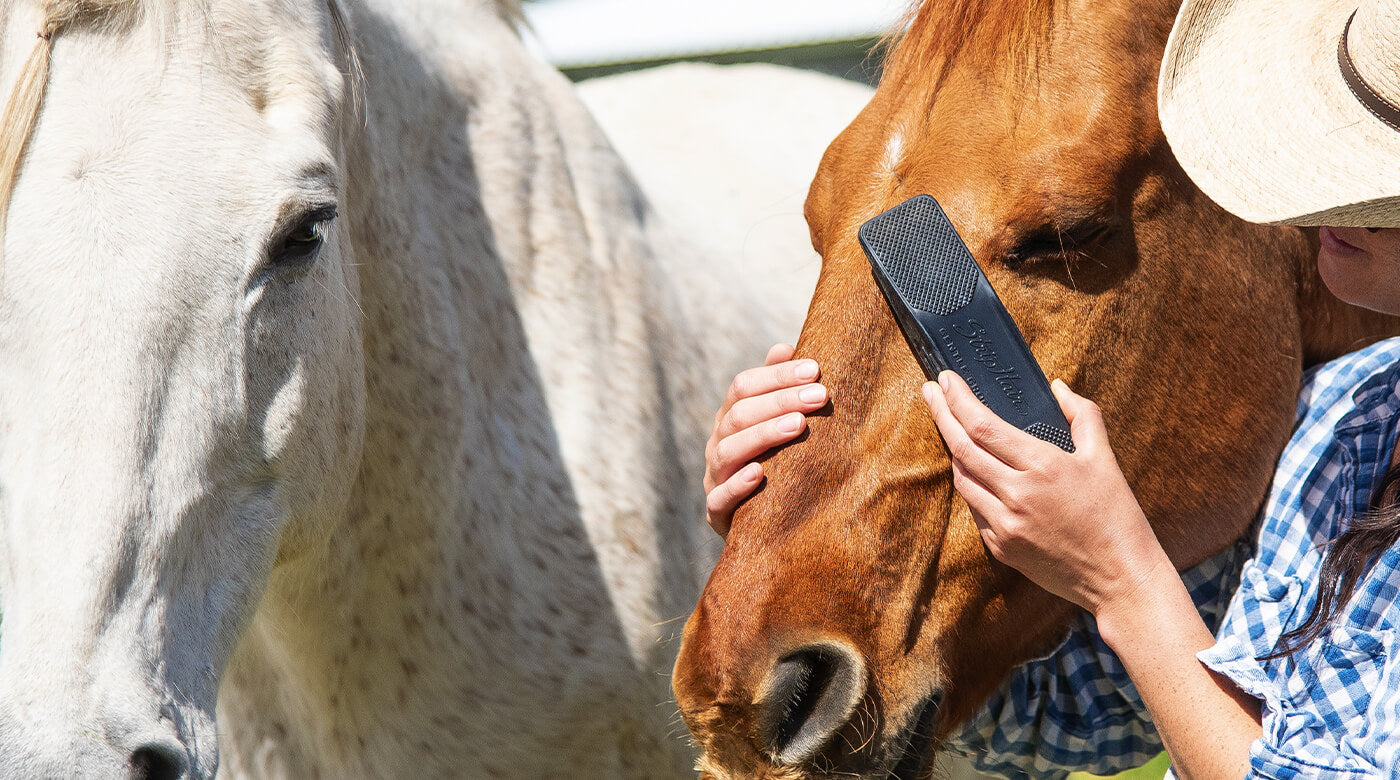Horse behavior, like human behavior, is complex and fascinating. When your horse starts bullying others, it can create chaos in the paddock and stress among the herd. Understanding how to stop a horse from bullying other horses is crucial for maintaining a harmonious equine environment.

The Importance of Social Hierarchy Among Horses
Horses are social animals, living in herds with a defined hierarchy. This pecking order helps keep peace and maintain order. However, when a horse becomes a bully, it disrupts this natural balance, leading to stress and injury. It is vital to understand this dynamic for effective horse management.
Identifying Bullying Behavior
What Constitutes Bullying?
Bullying in horses can manifest through biting, kicking, chasing, or preventing access to resources like food and water. These behaviors not only harm the individual horses but can also affect the entire herd’s dynamic.
The Psychology Behind Bullying
Often, bullying arises when a horse is trying to establish or maintain dominance. Other times, it may be a response to stress, boredom, or lack of socialization. Understanding these triggers is the first step in addressing the issue.
Solutions to Curb Bullying
Monitoring and Observation
Regularly observe your horses to identify patterns and triggers for bullying. Monitoring helps you understand specific situations and times when bullying occurs, which is vital for developing targeted interventions.
Physical Interventions
Sometimes separating the bully from the victim temporarily can be helpful. Adjusting the environment to reduce competition over resources, such as providing multiple feeders and water sources, can also mitigate bullying behavior.
Environmental Enrichment
Provide plenty of physical and mental stimulation for your horses. Toys, varied environments, and interactive activities can reduce boredom and aggression.
Behavioral Training
Consistent training can alter the unwanted behavior of a bully horse. Reward positive interaction among horses and employ techniques that discourage aggression.
Consulting a Professional
Sometimes a professional equine behaviorist is necessary. They can provide a detailed plan of action tailored to your specific situation, improving the wellbeing of your entire herd.
Maintaining Balance in the Herd
Proper management of a horse herd is continuous work. Keep each horse’s individual needs in mind, and strive to maintain a balanced social environment.
Feeding Strategies
Feeding time can be a source of conflict. Ensure each horse has adequate space and resources during feeding.
Regular Health Checks
A horse that feels unwell may act out. Regular health check-ups will catch any underlying health conditions before they affect behavior.
Conclusion
Finding how to stop a horse from bullying other horses is a journey of understanding both the bully and the victim. With careful observation, environmental adjustments, and professional guidance, an amicable and balanced herd can be achieved.

FAQs
What are signs of bullying in a horse herd?
Signs include aggressive biting, chasing, kicking, or seclusion of a specific horse.
Can bullying affect a horse’s health?
Yes, bullying can lead to stress, injury, and reduced access to important resources like food and water.
How can I make my horse herd more harmonious?
Provide a rich environment, sufficient resources, and consider consulting a professional for behavioral issues.